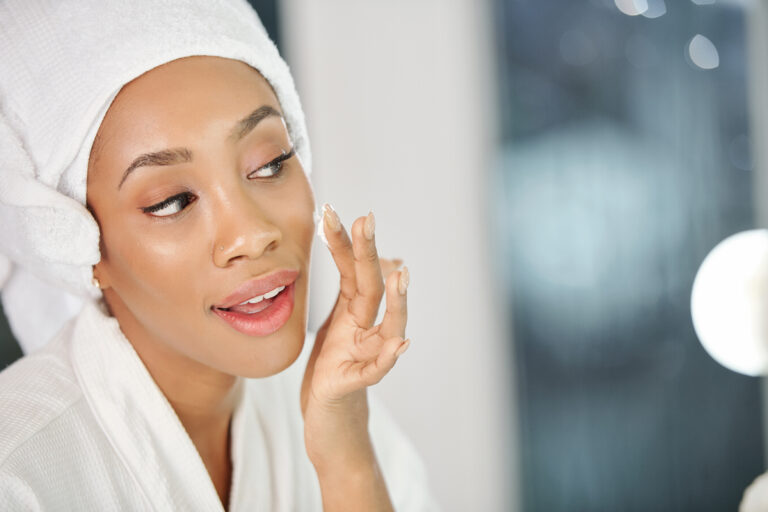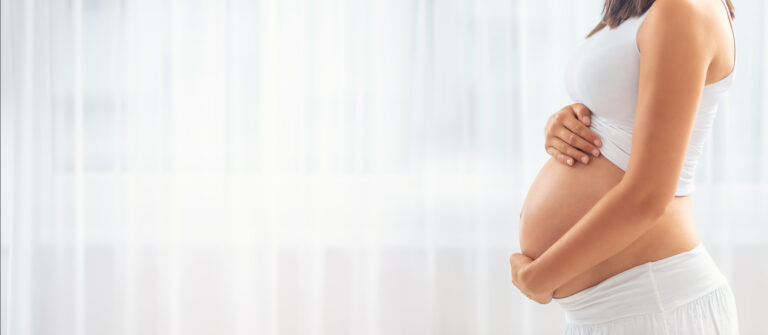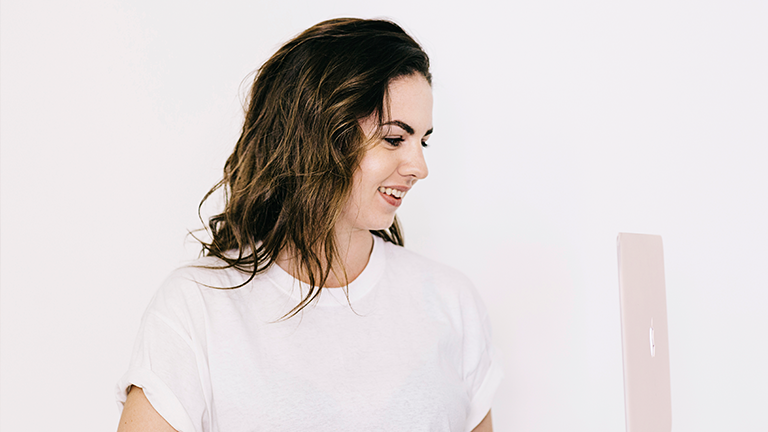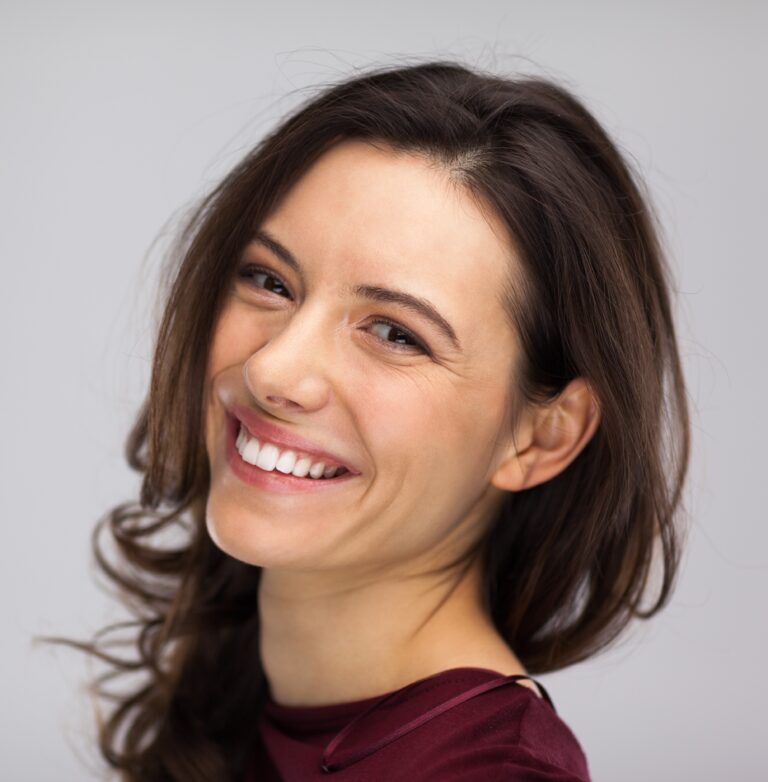What ‘Inclusive Beauty’ Means and Why It’s Here to Stay
Beauty, health, and cosmetic related companies are more and more embracing the idea of “inclusive beauty“. This means a broadening of traditional definitions of what it means to achieve your ideal self and spreading imagery beyond those of culturally accepted (but impossible) beauty standards to also include those who weren’t previously a part of the catered to consumer pool.
Representation and the inclusion of the LGBTQ community, non-Judeo-Christian people, all gender identities (including transgender or non-binary people, gay and cis men), and different lifestyles is an increasing trend and movement meant reflect the diverse world we actually live in.
What this means for the beauty industry is that the model of appealing to a narrow group of homogeneous individuals – in this case, mostly young to middle-aged, affluent white women of a certain body type – are no longer the only group with money to spend to improve their appearance and health. Everybody wins.
‘Real’ Beauty
One of the best examples of inclusive beauty campaigns is those famous “real beauty” ads where big brands showcase everyday “real” women (and sometimes men too) from a variety of backgrounds coming together to share their common experiences and beautiful but different body types.
In the social media age, celebrity endorsements and big marketing campaigns are not enough. Millenials hunger for authenticity, or at least perceived authenticity, in today’s world. New consumers find it more difficult to associate with products they don’t feel a genuine connection to and inclusivity can narrow that gap substantially, but only if it’s done genuinely.
Representation
Beauty is also no longer the domain of the stereotypical age 18-34 demographic of women and housewives – nor has it been very a longtime – as everyone from people of color, other minorities, and so-called “alternative” lifestyles (now mainstream) are finally being included. “Real”, everyday people are also being welcomed and featured in what was previously so long a narrow definition of what “beauty” meant.
Smaller, more focused independent companies (like ours) have always tended to be more welcoming of everyone as more customer facing businesses tend to have a better, more immediate idea of their customers.
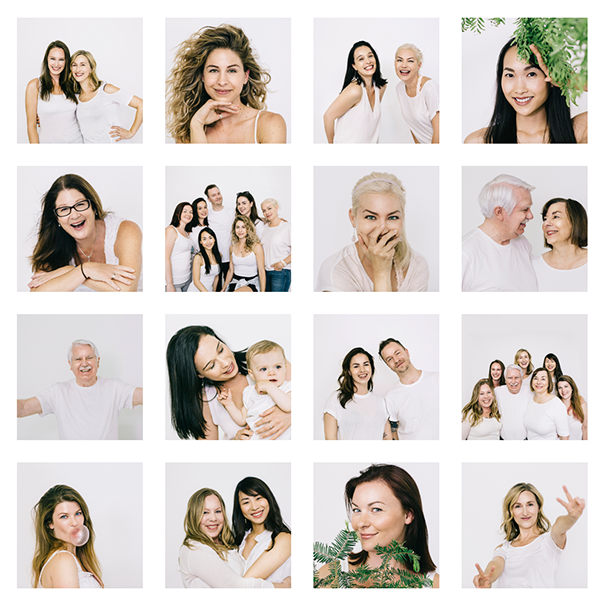
Emotion
Some of the best inclusive ads get at you emotionally. You see yourself or someone you know and recognize a common experience. The more privileged often take for granted how powerful it is to see yourself represented well in society through popular culture or advertising.
Inclusive beauty intends to bring everyone together to share these commonalities and identities. It’s important to recognize our diversity while realizing we’re in this together. It can be emotional to see yourself represented in popular media.
The Same
Inclusiveness is important to recognize both that everyone is different and to celebrate that diversity while also recognizing we are more the alike than we are different. Everyone should feel special and unique yet we all belong to a bigger, greater, more collective community.
Our different skin colors and types throughout history have been a cause for so much disagreement. A movement of inclusiveness recognizes all skin is equal and essentially the same. You should see this reflected in beauty inclusive campaigns, and hopefully, products.
Better Business
Obviously, money-making brands are self-interested in appealing to their customer base. However, working towards better, more equal representation that overall reflects the world and society we live in is an admirable and forthright endeavor no matter what.
Breaking down previous gender or racial barriers to better portray all kinds of human experiences in the media and for consumers is work done to better understand everyone. That is doing good. It’s essential to keep up with evolving values.
It’s also imperative as a society to, not only understand each other, but make sure everyone is properly included, represented, and heard. The trend of moving towards more inclusive representation and consumer solicitation has been long coming and reflects an increasingly less and less homogeneous society where the needs, views, and lifestyles of everyone are finally being taken into proper consideration.
Inclusivity leads to better products and happier customers where buyers feel more included and a part of the process. By celebrating our differences, we often realize how similar we are.
Source: Trend Hunter


